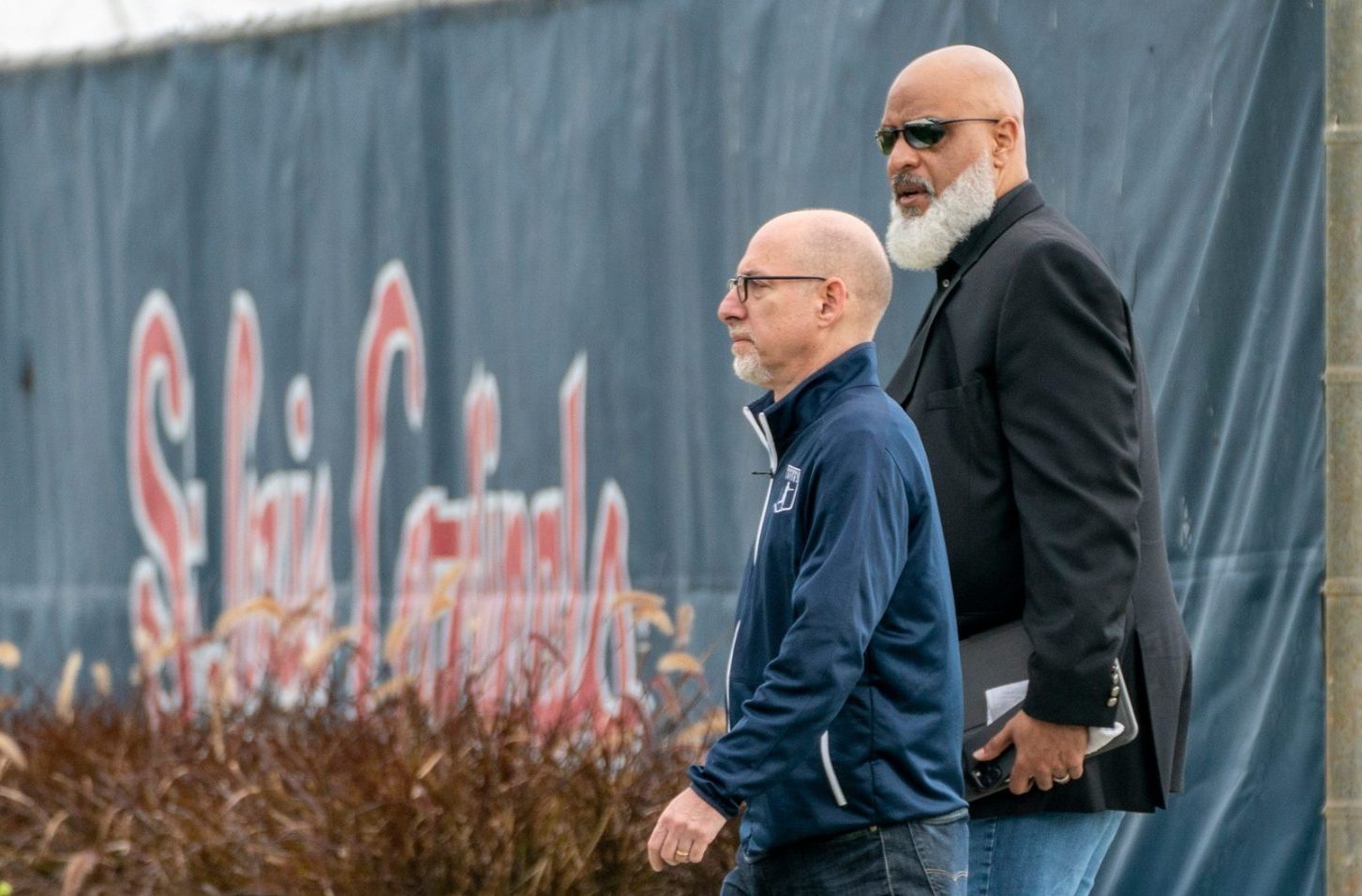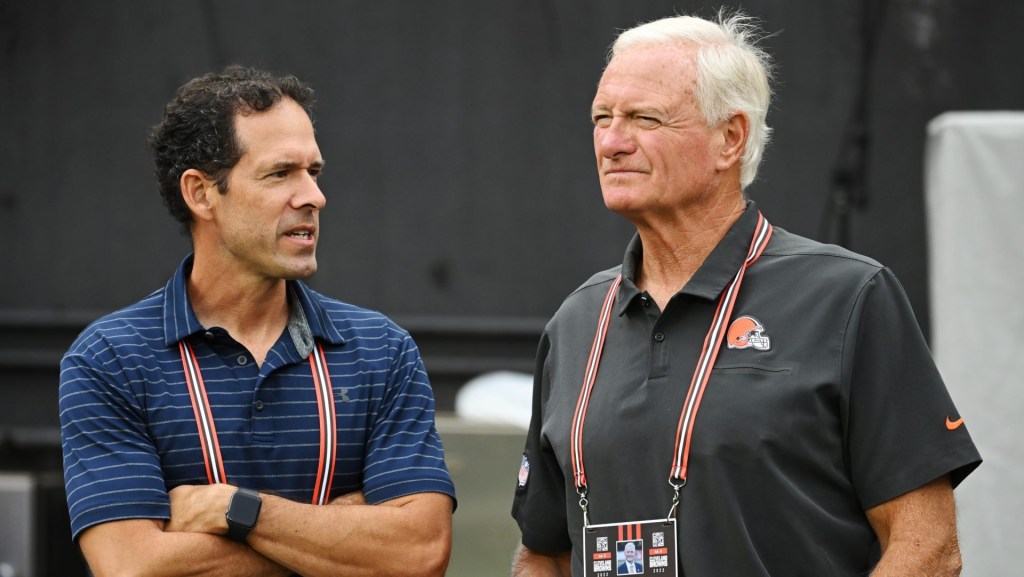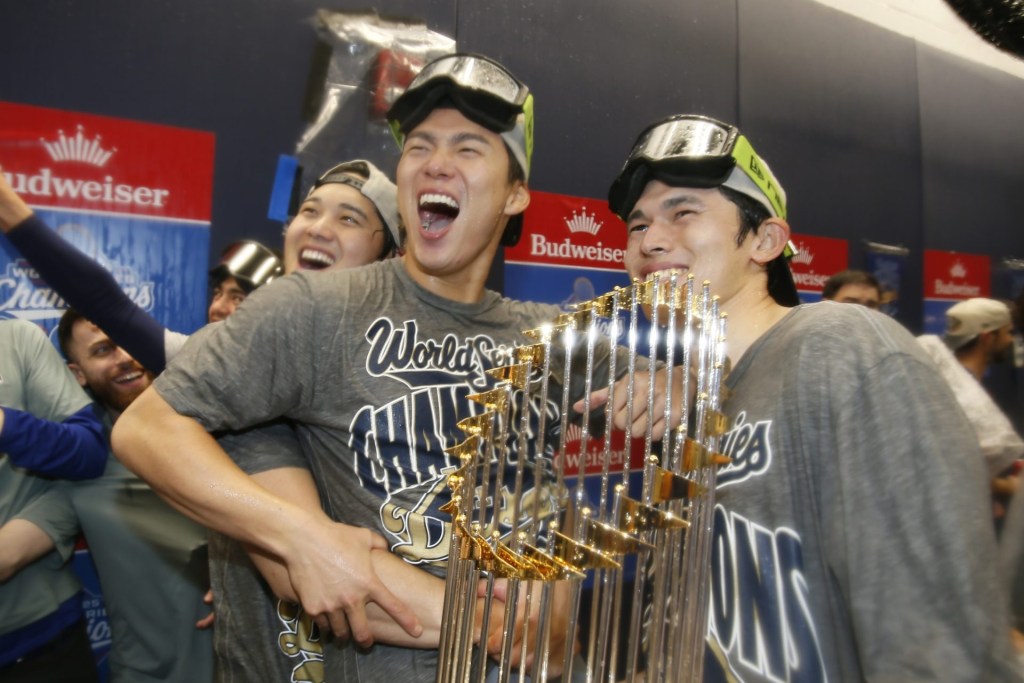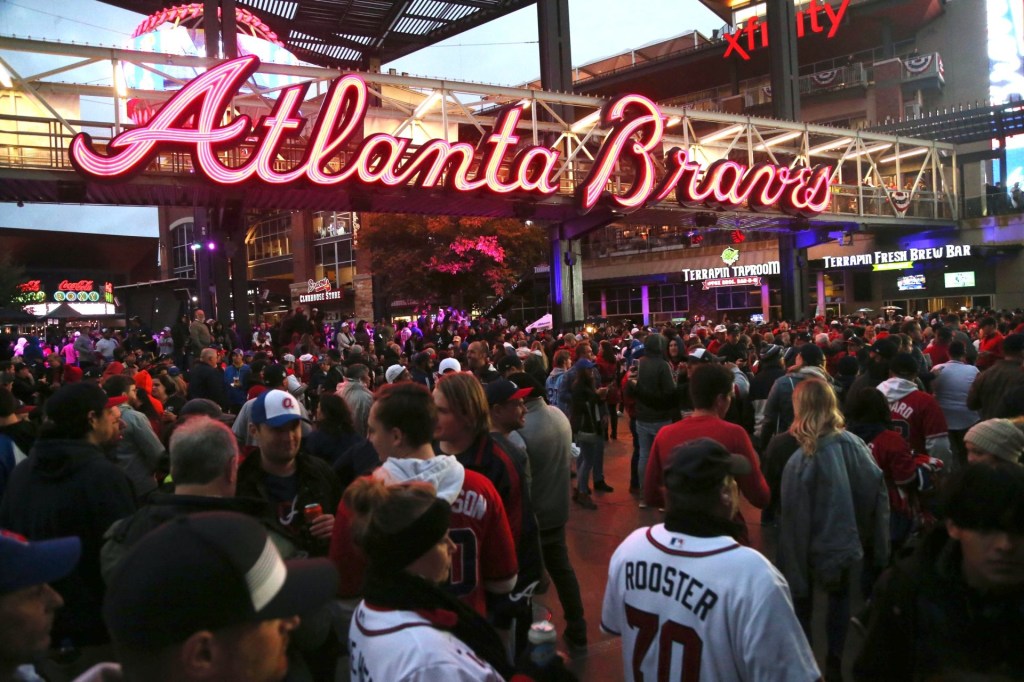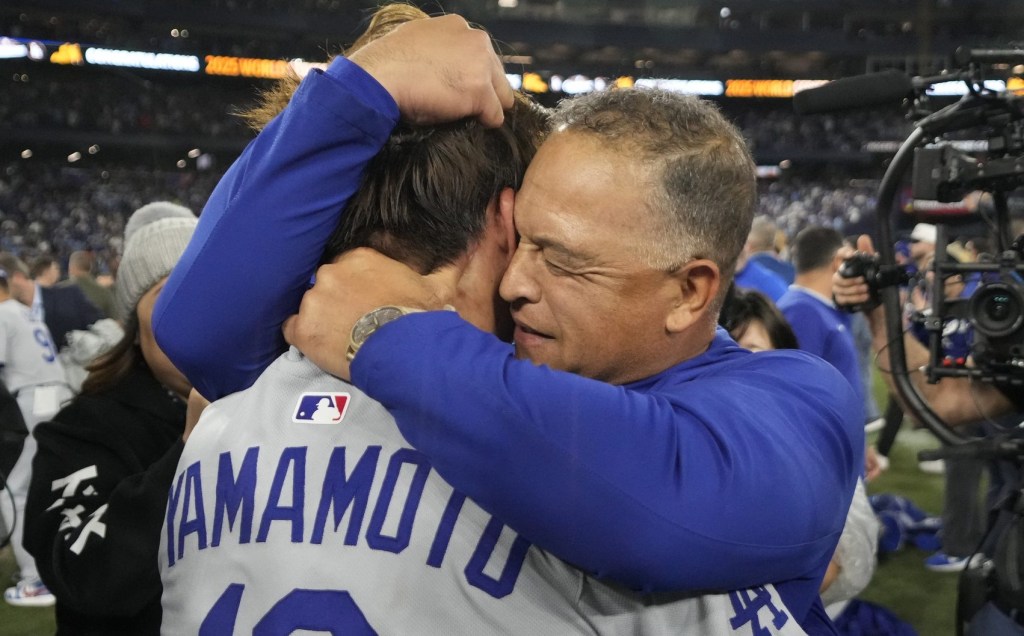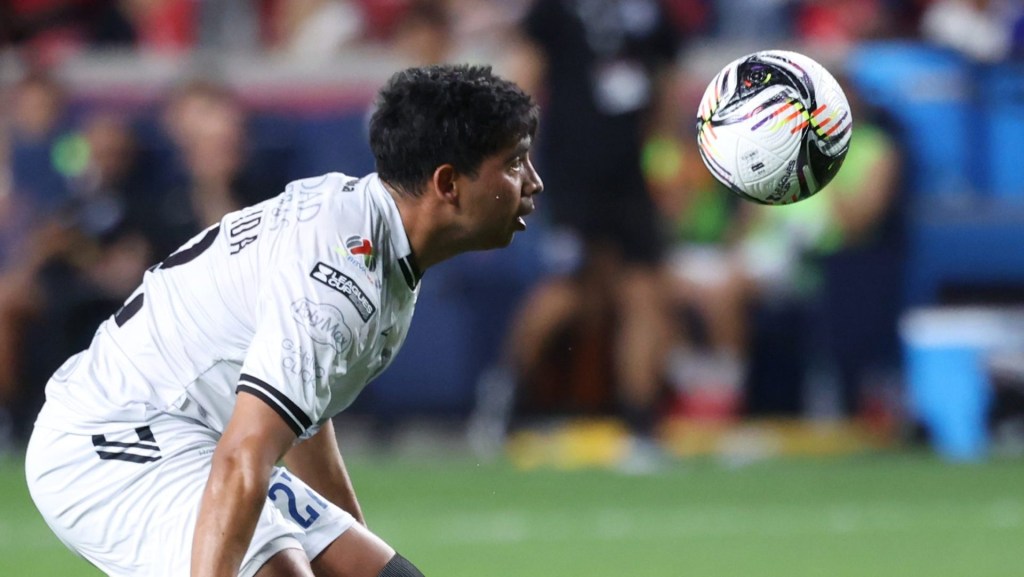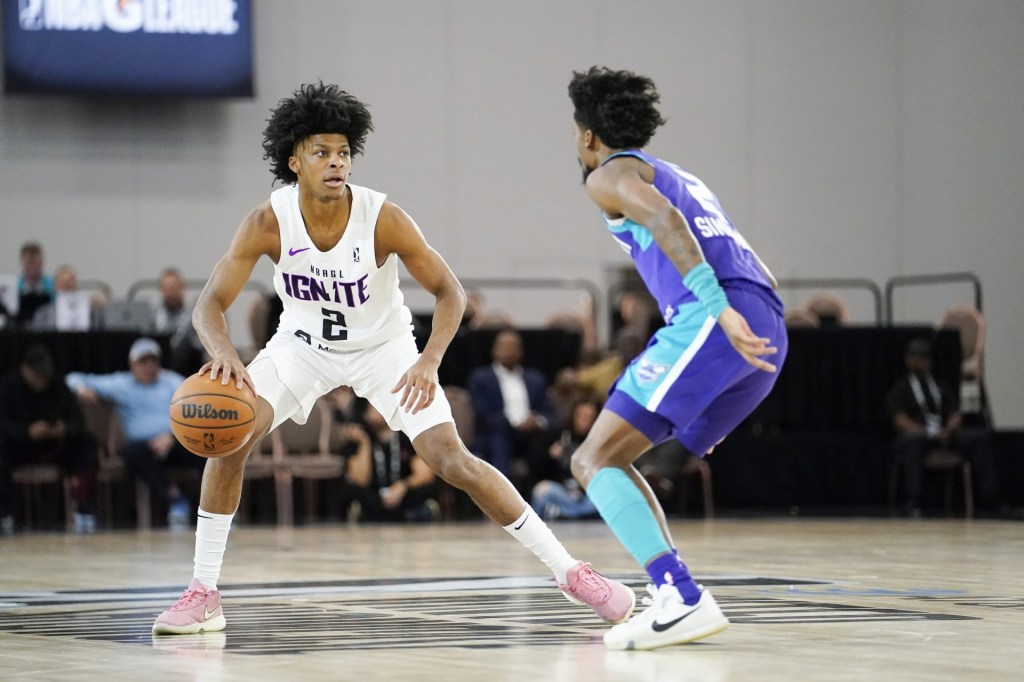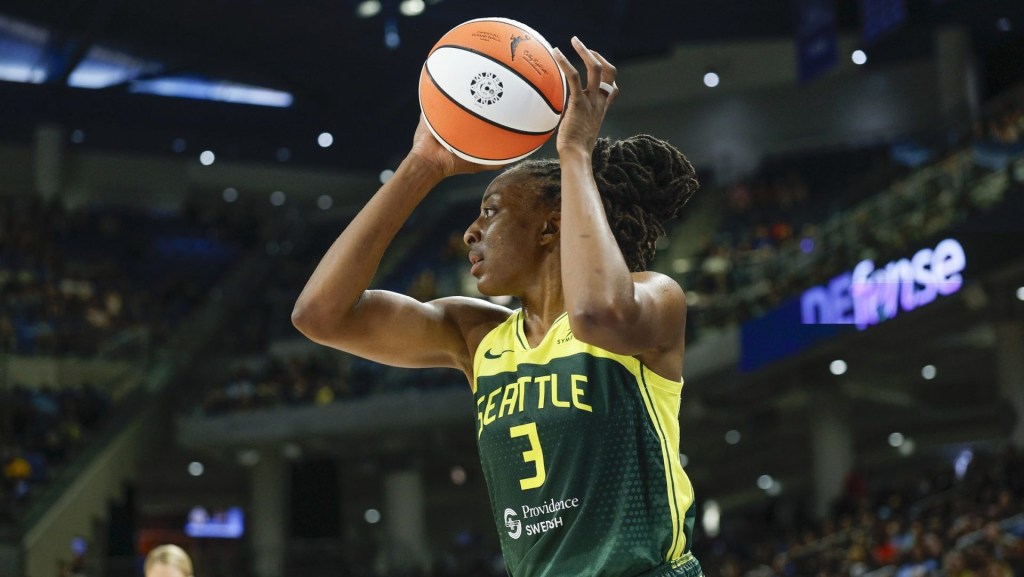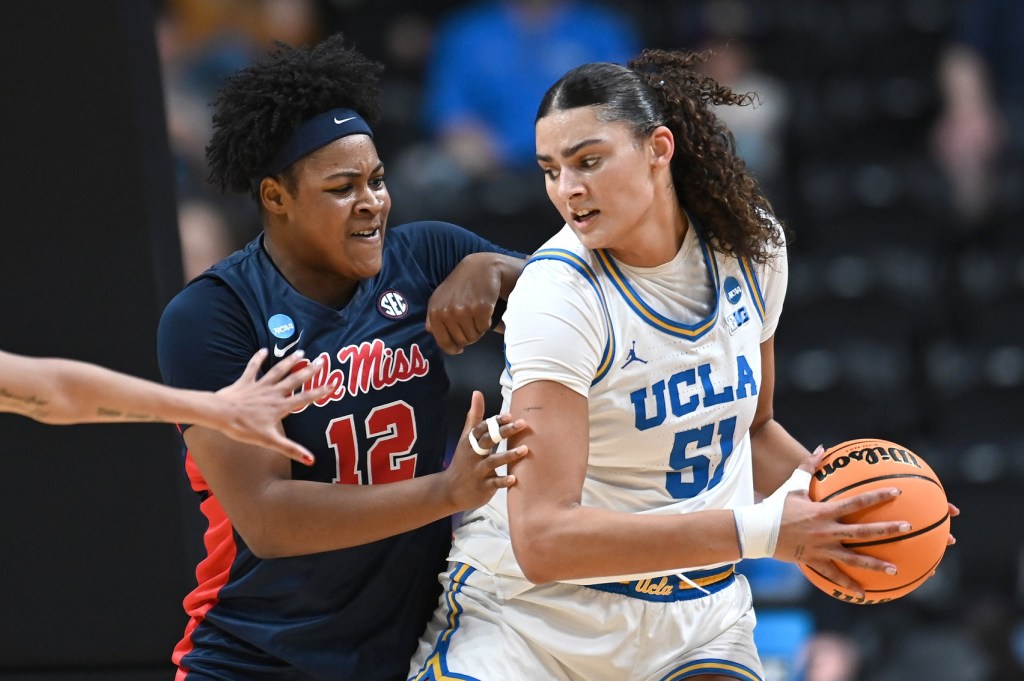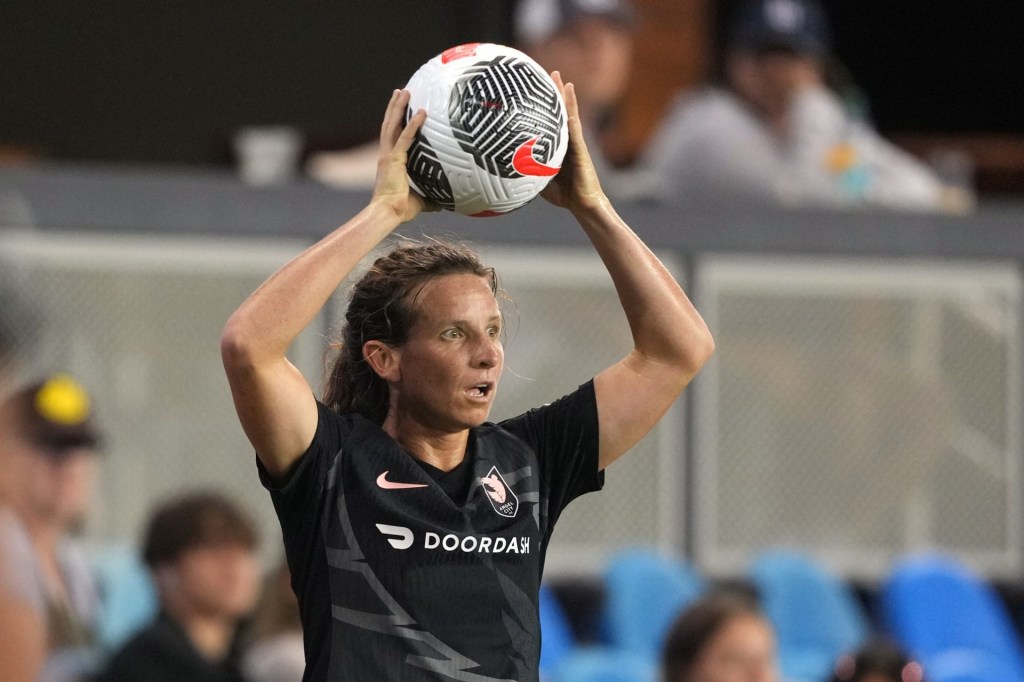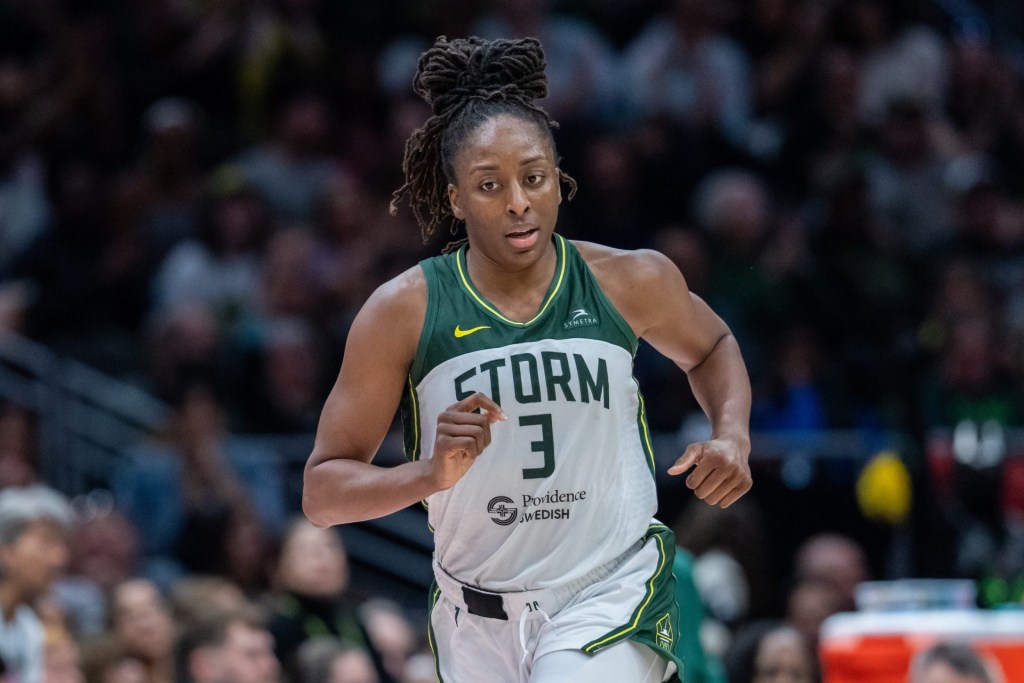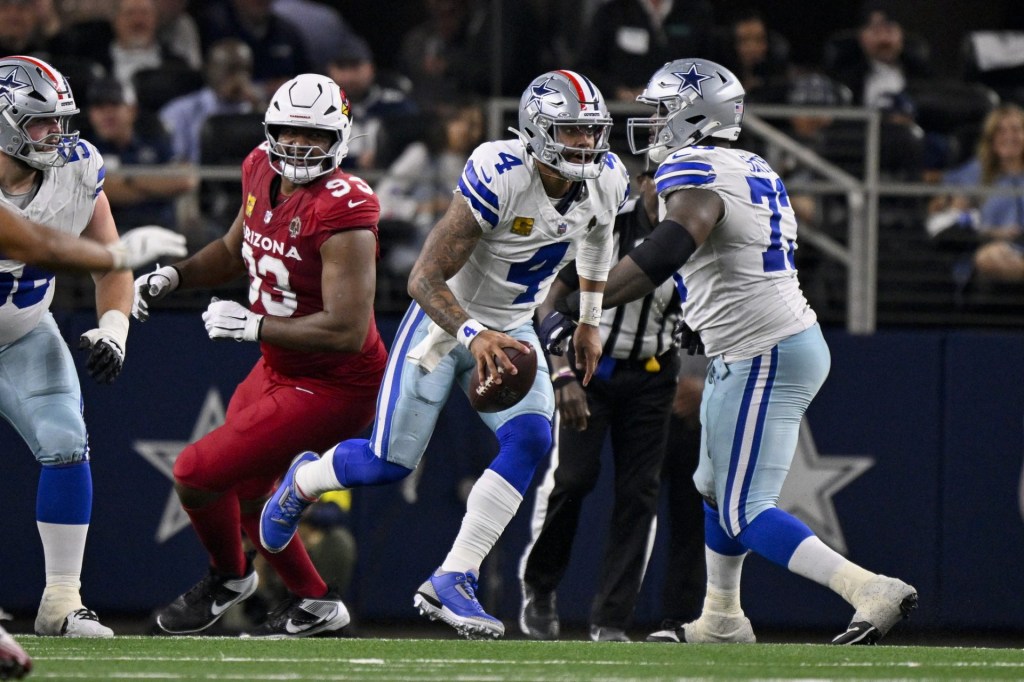One of the strongest unions in the U.S. over the past 50 years, in any industry, is now facing one of its toughest battles in its history. And instead of that battle happening against management, it’s occurring from within.
The MLB Players Association, for the past week, has been enveloped in an accelerating leadership struggle in which a group of players are pushing to oust deputy director Bruce Meyer (above, left) and replace him with Harry Marino, a former MLBPA lawyer who was instrumental in the recent unionization of minor league players. Over the weekend, that battle went public with Marino, union executive director Tony Clark (above, right), and the MLBPA’s executive subcommittee each issuing public statements seeking to advance their cause.
“Player representatives have made clear their desire to hire a different lead negotiator and pursue a different vision for collective bargaining, as well as to obtain an independent, third-party audit of the union’s financial activity,” Marino said. “The events of the past week have been messy. But the MLBPA, like all unions, is a democracy. And democracies are messy.”
Clark’s response pointed to an alleged “covert effort” to challenge the union’s historically engaged membership.
“These concerns are being discussed where they should be, in clubhouses around the league,” Clark said. “In due time, they will be resolved consistent with the traditions of this great organization.”
After further meetings over the weekend among the union’s executive subcommittee—a group of eight among the MLBPA’s 72-player board—appeared to support the status quo, at least for now.
“We still have issues to discuss, but … this is no longer a Harry Marino discussion in any respect,” the subcommittee said.
Labor and Spending Trends
The union fight is occurring amid the development of multiple fault lines within the sport, and the union. The MLBPA is still only two years removed from a bruising round of negotiations with the league, which included a 99-day lockout by the owners. Despite material gains achieved by players on multiple fronts, there remain some who believe those talks should still have yielded a better outcome. All eight members of the executive board then—including five Scott Boras clients—voted against accepting the last ownership offer, which was later approved by the full union membership.
Spending on players is also down sharply this offseason, with player commitments this offseason amounting to about $2.9 billion, which is $1 billion less than a year ago. More than one-third of that new money is tied up in just two players: the Dodgers’ Shohei Ohtani and Yoshinobu Yamamoto. Many teams have cut back their spending as uncertainty regarding the bankrupt Diamond Sports Group and the overall state of local television revenue have roiled the industry.
The labor organizing of the minor leaguers, meanwhile, created an entirely new power structure within the union. The MLBPA’s executive board expanded last summer from 38 members to 72 to accommodate and reflect that expanded membership, and those 34 seats held by minor leaguers often bring different sets of concerns, experiences, and goals.
